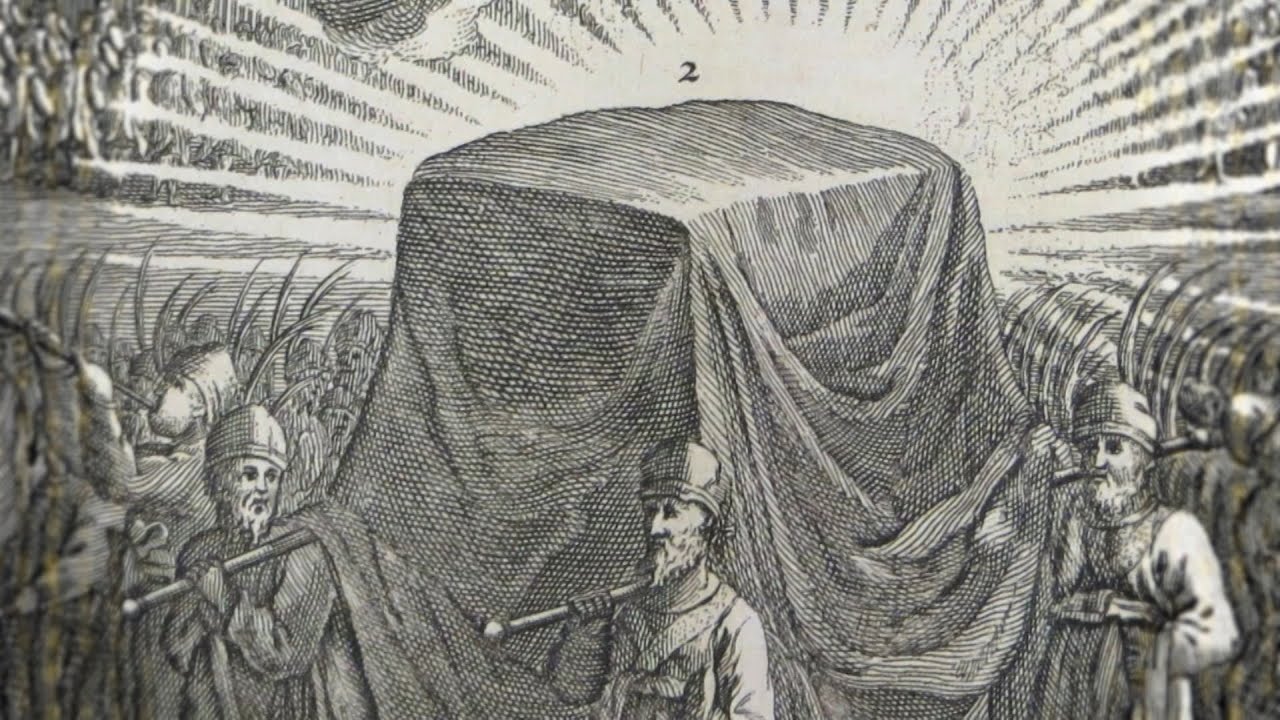The Allusion Of The Ark
In Parashat Terumah, we come across the construction of the Ark of the Covenant, which is semiotically rich with allusion and importance.
HaShem gives us precise details on how to build the Ark, but what is the importance of reading it in our Parashat every year? While I am sure the Sages, may they be blessed, have many arguments to this purpose, and we know we read the words as part of our Mesora, I believe there is a lesson we can learn in each week’s reading.
The Ark of the Covenant is a holy object that contains the tablets, manna, and Aaron’s staff with the almond bud on it. These objects are sacred to our identity as Jews: the Law to illuminate us, the food to feed us, and the leadership to guide us. From this we see how we follow the mitzvot, eat kosher, and follow the guidance of the rabbis as part of our identity. There are even deeper personal connections as well: how to live (provisions for our soul), how to eat (provisions for our body), and how to follow (the mandorla of body and soul being united in a complete representation of Jewish life).
The Ark is made of wood, which is representative of both the Tree of Life and the Tree of Knowledge. Wood sustains our everyday existence (trees give us air, fruit, and fire). It also educates us (paper and and a form of papyrus). Life and knowledge.
The Ark is lined of gold both insight and out – pure gold – which is representative of being pliable to be transformed by HaShem as well as the precious value of the metal. Gold molds around the Ark, which shows we are to see Jewish life as both a beautiful treasure and something formed [protectively] around the essence of who we are to be (a form of sanctification – being in but not of the rest of the world, which is essential for tikkun olam).
Poles are permanently forged through the rings attached to the Ark. These are to help carry the Ark as well as further decorate it. We see our methods of expressing life (benching, davening, reading Tehillim, Daf Yomi, wearing tzitzis and tefillin) as a form of poles in our own life, to guide us in our daily walk. They also serve as the connection of relationship, whereby HaShem can guide and lead us.
The Ark is covered by pure gold. Again we see the precious protection afforded to the Ark, and by connection, to Jewish life.
The cherubim are at the end of the Ark to shield the ark and look upward to the Glory. In the same way we must be protective our life Jewish expressions and ensure that they are focused on HaShem, not ourselves. The kevana of how we observe mitzvot is just as important as the observation itself (in some cases, even more important).
There is also another allusion found in this passage. We see in the Talmud regarding the seventh of Adar that Moses (Moshe Rabbenu, may he be blessed) was born, and died, on this date. As he died, on the top of the mountain just before eretz Israel, Moses positioned himself like that of the cherubim on the Ark. In this instant, we are semiotically informed that Moshe was a living version of the Ark of the Covenant.
Although no one, except Moshiach, will ever be as great as Moshe Rabbenu, we all are bound to him as our example of the epitome of Jewish life – that of an intimate relationship with HaShem and being carriers of both mitzvot and provision (chesed) to the rest of the world as a component of tikkun olam.

